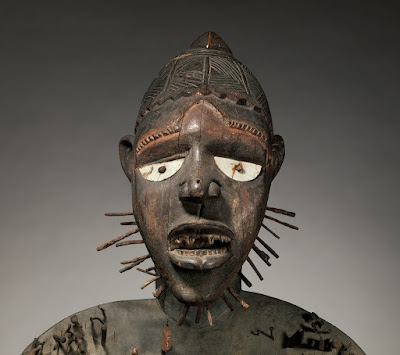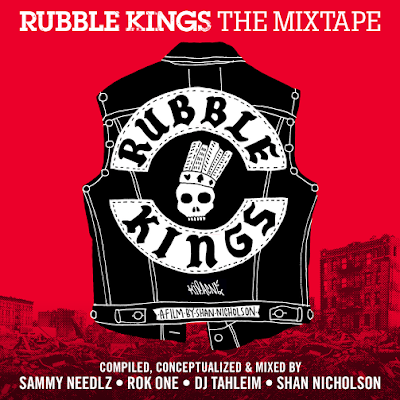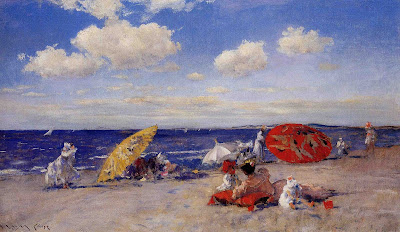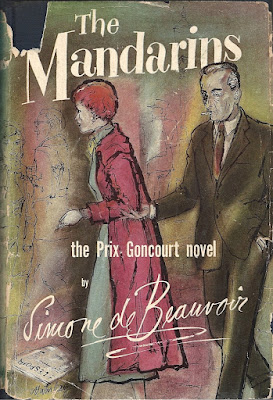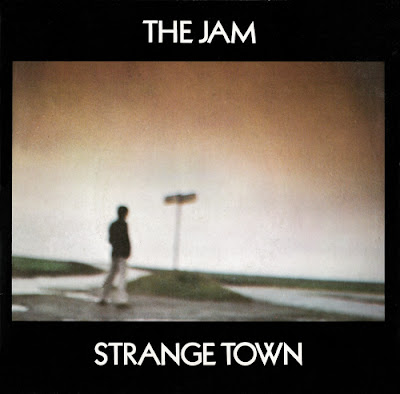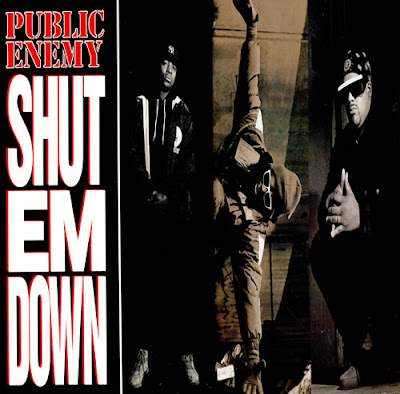
Notes Towards a Model Opera, 2014–2015, three-channel video installation, 11 minutes 14 seconds
"Dance has always been aware of death: it lingers just off to the side of the stage, waiting for the performance to end. William Dunbar’s 1508 poem 'Lament for the Makers' describes two 'state[s] of man': 'Now dansand mirry, now like to die.' In other words, you’re either dancing or dead. Death in the poem is personified as a sort of efficient businessman, doing his best to knock people out of the dance. The more familiar character of Death—the cloaked, scythe-bearing skeleton who fulfills his duties like an overworked godly employee—was around even before Dunbar, an invention of the medieval period, which remains the most productive time in human history for imagining deathly personifications. People then seemed less resistant to death than they are now, perhaps because the threat was omnipresent: one could die from the plague, childbirth, decapitation, infection, or even of indigestion, as Martin of Aragon did at a feast in 1410. The danse macabre, or death dance, another medieval invention, was an allegorical way of resisting as well as respecting the force of death. ..."
The Paris Review: More Sweetly Play the Dance
Elephant
artforum
Marian Goodman Gallery
YouTube: More Sweetly Play the Dance (2015), If We Ever Get to Heaven (EYE 25/4/2015 - 30/8/2015)
2009 November: William Kentridge, 2011 April: The Insolent Eye: Jarry in Art, 2013 August: Stereoscope (1999)





